Red light therapy may help reduce inflammation and support tissue repair in diverticulitis by delivering clinically therapeutic wavelengths to affected areas. Devices like the Lumara Pad provide the output levels needed for deeper gut applications.
Managing flare-ups of diverticulitis takes more than rest and dietary changes. While prescription anti-inflammatories work for some, others need additional tools to help the gut recover faster and more predictably. Red light therapy delivers targeted energy that has been shown to modulate inflammation and support tissue health at the cellular level.
Clinical-grade devices such as the Illuminate Red Panel and Lumara Pad are being used in-home and in-clinic to bring high-output, wavelength-specific light to deeper tissue.
In this guide, we’ll break down how red light therapy interacts with diverticular inflammation, what to expect, and how to apply it safely and consistently.
What Is Diverticulitis and Why Inflammation Is the Core Issue
Diverticulitis involves the inflammation of small pouches in the lining of the colon, typically in the lower left abdomen. These pockets, or diverticula, can become infected or ruptured, leading to severe abdominal pain, altered bowel habits, and in some cases, hospitalization. The root problem is uncontrolled inflammation, triggered by bacterial activity, mechanical irritation, or stress-related changes in the gut wall.
When inflammation remains unaddressed, it can damage surrounding tissues, weaken gut lining integrity, and set the stage for repeat episodes. Anti-inflammatory support is key to managing symptoms and preventing long-term complications like scarring or fistulas.
Most people rely on antibiotics and dietary changes. But even when medications suppress symptoms, healing at the tissue level may lag. This is where red light therapy begins to show promise. A preclinical study involving mice with colitis found that targeted red LED exposure reduced tissue damage, supported epithelial healing, and helped shift the immune environment toward resolution.
Below, we’ll explore how light-based therapy fits into the recovery process, how it works, and what to expect when adding it to a diverticulitis care plan.
The Science of Red Light Therapy and Inflammatory Conditions
Photo Source -> Photobiomodulation, Underlying Mechanism and Clinical Applications
Red and near-infrared light trigger specific responses in the body depending on their wavelength. Devices tuned to 635, 660, 830, or 940 nanometers reach different layers of tissue and activate different healing pathways. These wavelengths stimulate the mitochondria, the energy generators inside cells, to produce more ATP, a molecule needed for repair and regeneration.
In inflammatory conditions, red light helps calm overactive immune responses while enhancing circulation and oxygen delivery. This two-fold effect encourages tissue recovery and limits the cascade of damage that often follows a flare-up. Cytokines, the chemical messengers involved in inflammation, begin to shift toward a more regenerative profile when tissue receives consistent light therapy.
The Illuminate Red Panel delivers high-output red light at a level that reaches through skin, fat, and abdominal wall layers to influence deeper cells. With tightly spaced LEDs and consistent irradiance, panels like this avoid uneven coverage and deliver reliable energy across the entire treatment area.
Practical Use of Red Light Therapy for Diverticulitis

Where to Place the Light
Light placement matters. For diverticulitis, the goal is to reach the lower left quadrant of the abdomen, where inflammation usually starts. Place the light directly over this region and, if needed, rotate to the lower back or side to increase coverage. Devices like the Lumara Pad offer a flexible layout that makes this easier without awkward positioning.
How Long and How Often
Therapeutic doses depend on wavelength, irradiance, and time. In general, 5 to 20 minutes per area, once per day or every other day, fits within effective treatment parameters. The VISO Mask is designed for facial applications and should not be used on the abdomen. For core or lower body use, stick to a panel or pad with appropriate wavelength and coverage specs.
What to Expect (And What Not To)
People often feel a gentle warmth during treatment. This is normal and usually indicates that energy is reaching the tissue surface. Results show up gradually, starting with reduced cramping or bloating, followed by steadier digestion and fewer flare-up signals. Some users track bowel habits, energy levels, or tenderness to gauge progress. Consistency matters more than intensity.
Why Device Specs Make or Break Results
Red light therapy only works when the energy delivered meets the thresholds proven to trigger biological responses. That means dosage, wavelength, and light distribution aren’t marketing fluff, they define whether the therapy reaches your gut or stops at the skin.
Devices must deliver at least 5 J/cm² to reach into the tissue layers affected by diverticulitis. This depends on both irradiance (power per square centimeter) and treatment duration. Low-power lights or handhelds often fall short, requiring longer sessions and producing inconsistent results.
Panel-based systems like the Illuminate Red Panel eliminate gaps in energy delivery with 6mm LED spacing and clinical-grade irradiance. Every part of the targeted area receives a uniform dose, avoiding the “leopard spots” that show up in cheaper units where some zones are overexposed and others don’t get treated at all.
Light scatter, beam divergence, and optical transmission also matter. The Lumara Pad uses a flat optical profile that minimizes diffusion loss, keeping energy levels consistent across the pad’s entire surface. When light penetrates evenly, therapeutic thresholds are easier to reach without overextending treatment time.
Safe Home Use: What to Know Before You Start
Red light therapy can be used safely at home with the right setup and basic precautions. Start by checking your device’s irradiance specs. Treatments in the 20–50 mW/cm² range are well-tolerated and sufficient for gut-level therapy. Anything above 50 mW/cm² may require eye protection, even if you're not treating the face directly.
Always apply the light directly to bare skin. Clothing blocks and scatters light, reducing transmission and lowering therapeutic value. Avoid layering the device over shirts or compression garments.
For high-output panels like the Illuminate Red Panel, allow some distance, about 6 to 12 inches, to ensure energy is evenly distributed without overheating. For targeted and flexible coverage, especially around the lower abdomen, the Lumara Pad maintains direct skin contact without rigid bulk.
Treatment sessions should follow a regular schedule.
Start with five-minute intervals and increase gradually based on comfort. Track any physical changes or digestive shifts and pause if any irritation or discomfort arises. Safe use also means staying within your device’s published output range, not all lights are created equal.
Which Devices Work Best for Diverticulitis Recovery
The most effective red light therapy setups for diverticulitis combine high energy output, appropriate wavelength depth, and body-friendly design. Without those three elements, coverage becomes inconsistent and absorption drops below therapeutic thresholds.
The Lumara Pad offers a flexible option. It’s engineered for body-based therapy and can wrap around the lower abdomen or rest flat over the colon area. Its triple-wavelength output (635, 830, 940 nm) penetrates both superficial and deep tissue layers, reaching the inflammation site without unnecessary exposure.
Signs It’s Working
Some users begin noticing early changes after one to two weeks of regular therapy. These include lower abdominal tightness, gentler bowel movements, and decreased urgency. Reports also include fewer nighttime awakenings due to cramping or bloating, which suggests downstream improvements in autonomic regulation and gut-muscle coordination.
The most common feedback isn’t a single breakthrough moment.
It’s the realization that fewer flare-ups are happening over time, and when they do occur, symptoms resolve with less disruption. Subtle shifts like energy stabilization, normalized stool consistency, and less post-meal pressure often mark the first signs of progress.
Not every result happens on the same timeline. Some individuals respond faster than others depending on severity, prior episodes, and overall gut resilience. Tracking sessions and symptoms can help identify patterns, especially if paired with medical treatment or dietary monitoring.
Staying Consistent and Tracking What Matters
Red light therapy works by building cumulative momentum. One session might feel calming, but progress stacks over time, especially when inflammation is deep and chronic. Matching the correct wavelength and dosage to the treatment area creates the conditions where your body can start resolving damage on its own terms.
Tools like the Lumara Pad offer the performance needed to meet tissue-level energy targets. Devices with dialed-in irradiance take the guesswork out of home treatment and help people avoid the common pitfalls that slow or block recovery.
Some individuals may benefit from integrating red light therapy alongside medically supervised care.
Others use it as a way to manage mild flares and support long-term digestive health. Whether the goal is damage control or daily maintenance, consistency, correct placement, and wavelength matter more than flashy features or trends.
The Bottom Line: Your Gut Deserves Better Tools
Diverticulitis affects daily energy, comfort, and peace of mind. While dietary changes and medications are essential, they often leave a gap in the healing process. That’s where red light therapy steps in, not as a miracle cure, but as a tool that supports your body’s ability to repair itself from the inside out.
At Lumara, we don’t believe in generic fixes or hollow claims. Our technology was built for people who want real results, engineered with clinical precision, tested for uniformity, and trusted by professionals across the country.
If you’re ready to move beyond reactive care and give your gut the targeted support it needs, the Lumara Pad is designed to meet you there, with flexible coverage, deep-reaching wavelengths, and the performance to make every session count.
👉 Feel the shift. Begin your gut recovery journey today with the Lumara Pad.
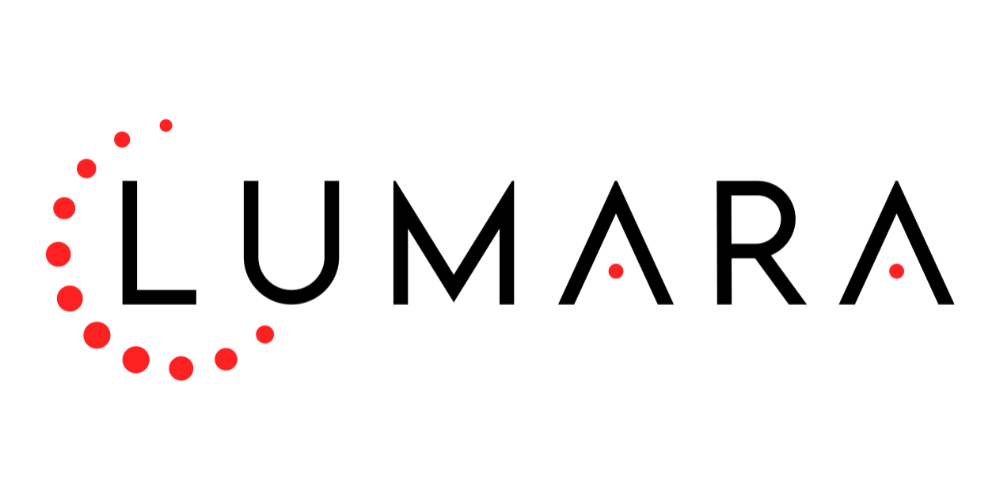
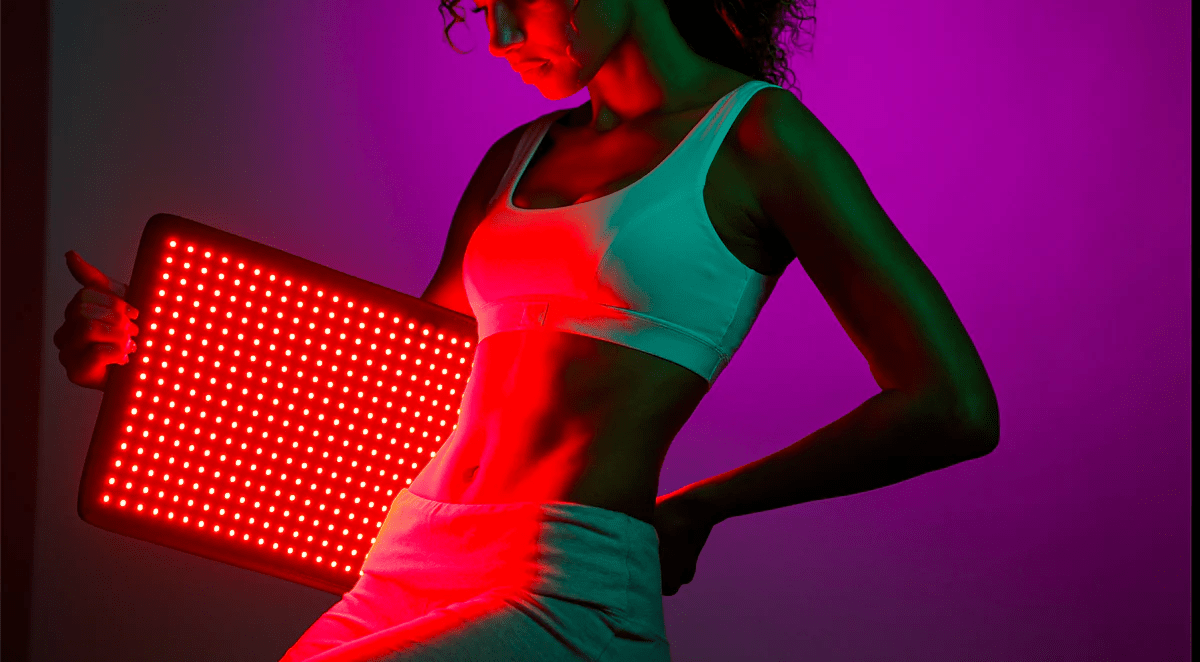
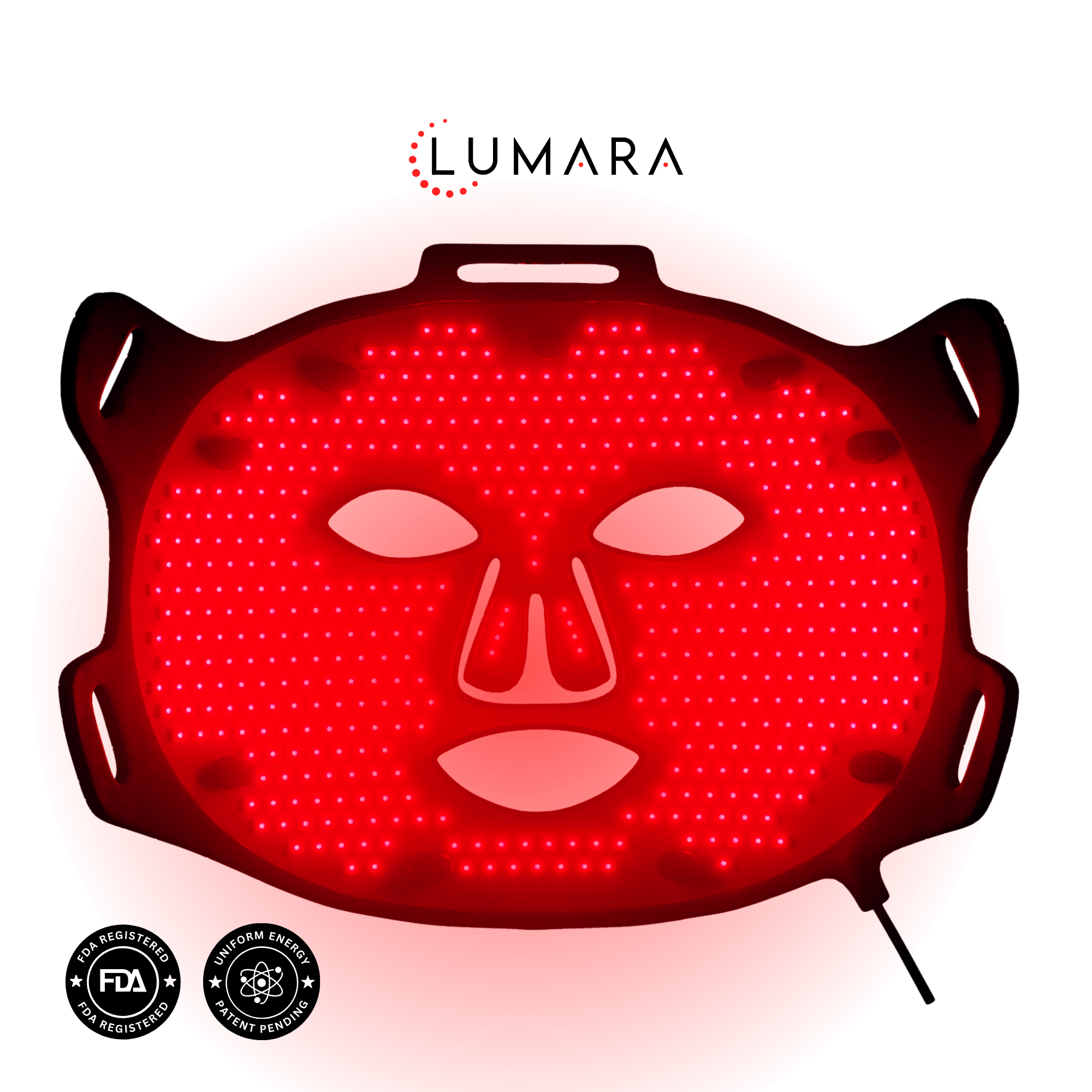

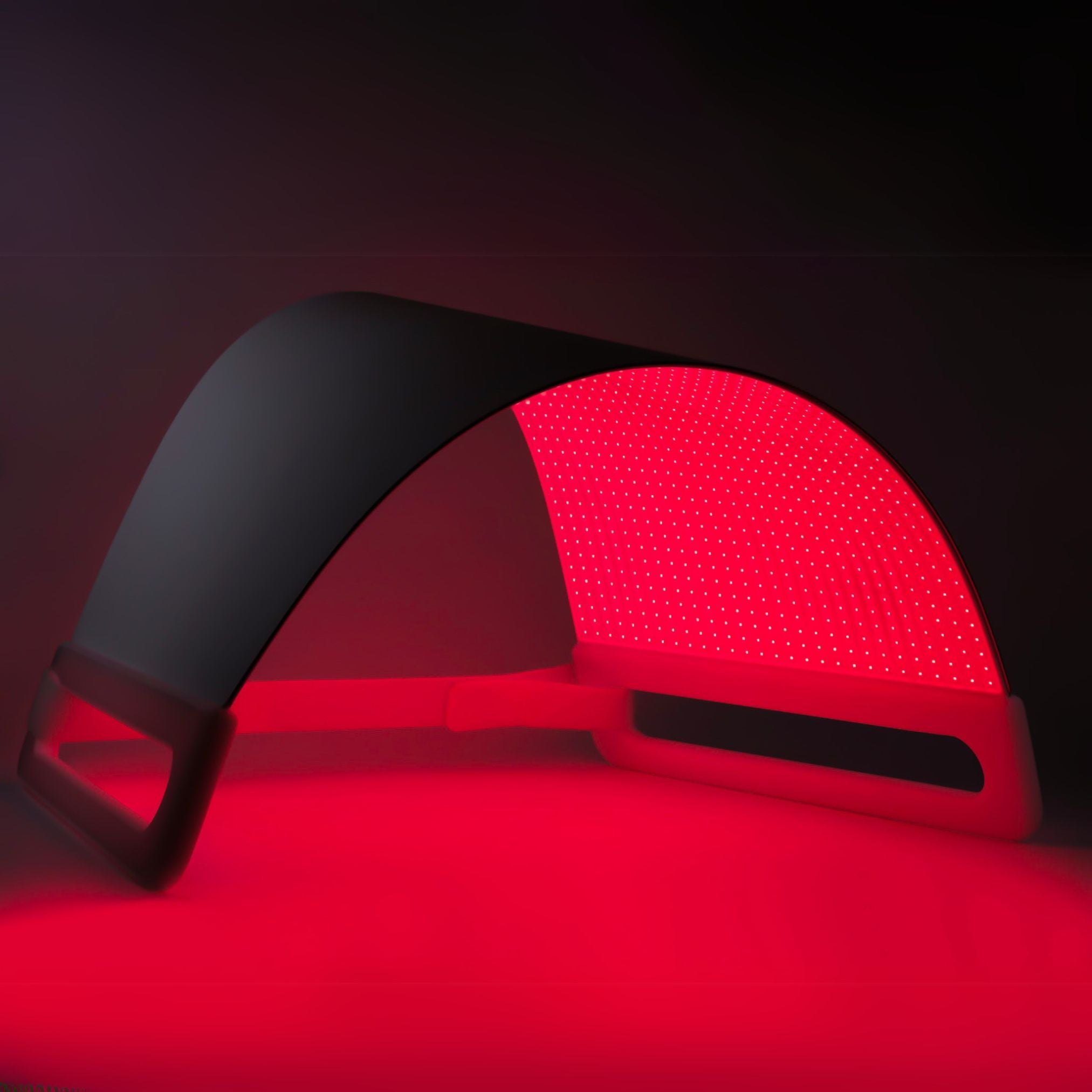
Share:
Red Light Therapy for Interstitial Cystitis Relief
Microneedling vs Red Light Therapy: What Works Best for Skin